A Coffee History Refresher for Coffee Day (September 29)
Celebrate Coffee Day on September 29! Did you know that coffee sales boomed when prohibition went into effect? And that decaf was an accident? Check out this historical coffee timeline—it's eye-opening!
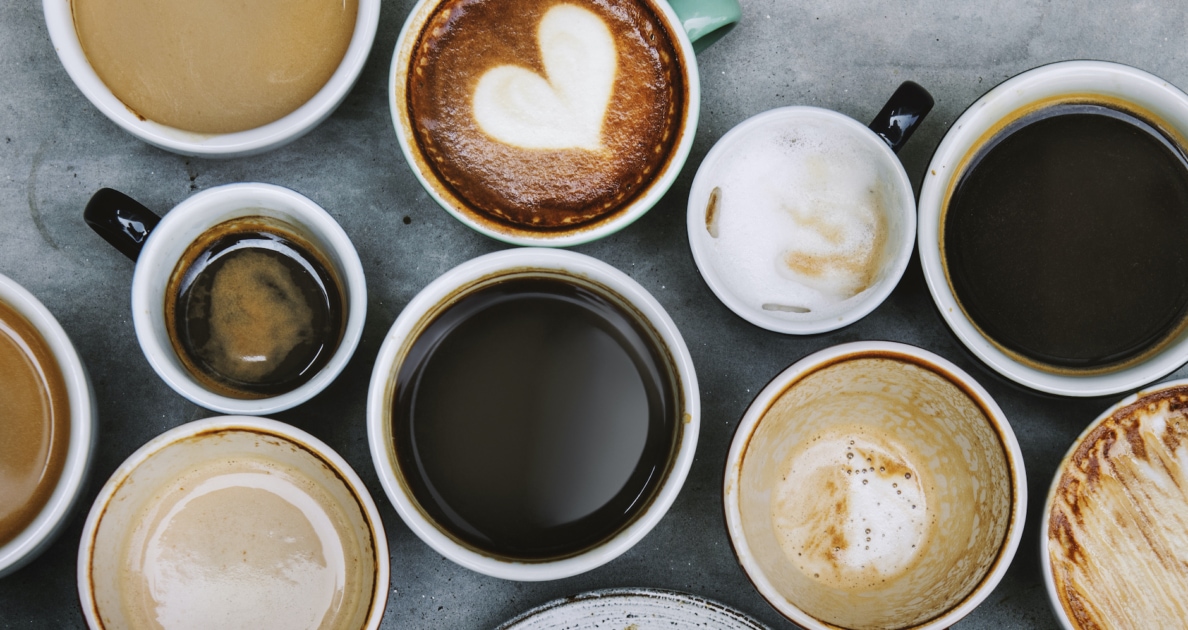
Happy National Coffee Day, celebrated on September 29th each year!
Coffee History
Here’s a little history about coffee in the U.S.:
Captain John Smith, who helped found Jamestown, Virginia, is often credited with introducing coffee to the settlement in the early 1600s. He apparently learned about coffee during his travels to Turkey.
However, it took another 50 years or so before the beverage generated a following and replaced beer as New Amsterdam’s (New York) most popular breakfast drink.
In 1689, the London Coffee House became Boston’s first coffeehouse. In 1773, it’s likely the Boston Tea Party was planned at the same coffee house, resulting in coffee becoming the hot beverage of choice in the colonies. In fact, drinking coffee became an expression of freedom. French and Dutch merchants were more than happy to supply the tea-boycotting colonists with the needed beans.
By 1850, the manual coffee grinder could be found in most upper-middle-class U.S. kitchens. The Civil War then elevated the popularity of coffee to new heights, with soldiers heading to war with coffee beans as a primary ration.
It’s not clear exactly when iced coffee became en vogue in the United States. However, many sources suggest that iced coffees and ready-to-drink iced tea and espresso were developed several decades ago in an attempt to expand the coffee product line.
As Americans became used to the idea of paying high prices for a cup of coffee, iced coffee variations proliferated in the marketplace and became marketed as a refreshing beverage.
Other significant dates in U.S. coffee history
1886: Former wholesale grocer Joel Cheek named a coffee blend Maxwell House, after the hotel in Nashville, Tennessee, where it was served.
1900: Hills Bros. began packing roasted coffee in vacuum tins, eventually eliminating the need for local roasting shops and coffee mills.
1903: German coffee importer Ludwig Roselius turned a batch of ruined coffee beans over to researchers. They successfully removed the caffeine from the beans without destroying the flavor. He named the product Sanka, which was introduced to the United States in 1923.
1920: Coffee sales boomed when prohibition went into effect in the United States.
1942: American soldiers fighting in WWII were issued instant Maxwell House coffee in their ration kits. Back home, widespread hoarding resulted in coffee rationing.
1971: Starbucks opened its first store in Seattle’s Pike Place public market, creating a growing consumer demand for fresh-roasted, whole-bean coffee that would eventually spread from coast to coast.

Judy Kneiszel
Judy Kneiszel is a freelance writer from De Pere, Wisconsin. She contributes to regional and national magazines and newsletters, writing on a wide variety of topics including food, farming, health, renewable energy, and running a small business.

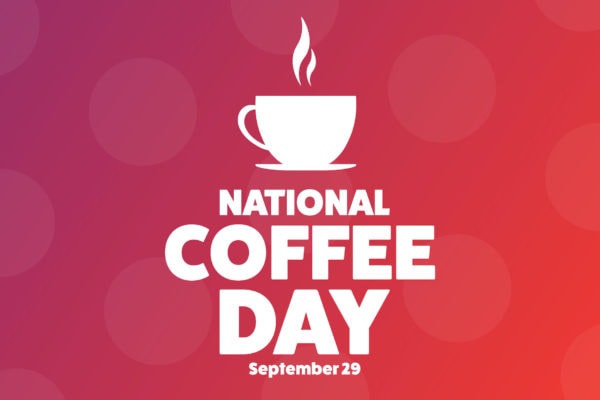

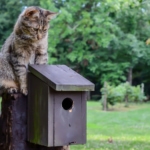
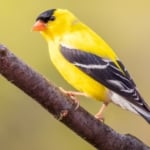
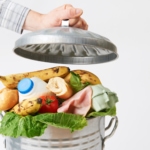
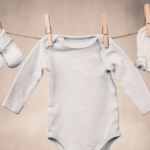
In New England, or at least in my area of southern New England, iced coffee has been popular for as long as I remember (I’m in my mid 40’s). When my family and I went to Lowville, NY in August of 2002, we stopped to eat at a diner. My husband asked if they had iced coffee. The waitress was very confused. She didn’t even know what it was. “You want your coffee cold?”. Aside from places like Dunkin Donuts, this seemed to be the norm.